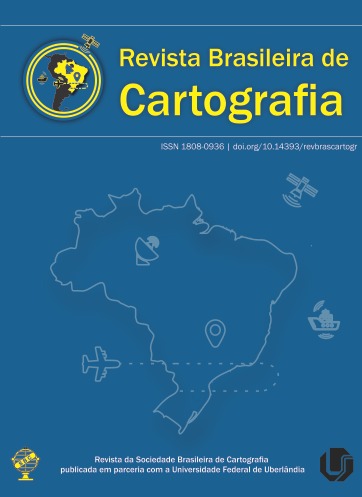Urban Morphology in the Ipiabas District, Municipality of Barra do Piraí - Rio De Janeiro
Main Article Content
Abstract
The process of urban expansion has resulted in disorderly population clusters, which causes problems for the municipal administration. To mitigate this type of problem, one of the ways to reorganize the territory is in the concept of polycentrism. In this concept, there are two approaches to analyze these problems and seek solutions to them, the functional and the morphological. Concerning the morphological approach, this research work aimed the accomplishment of analyses involving income, demography, and relief, factors that may influence the structure of the urban form of Ipiabas district, a possible sub-center located in the municipality of Barra do Piraí, Rio de Janeiro. To understand the urban form, the analyzes consisted of: interpolating the location of possible residences, representing the average income per capita and the demographic density, as well as modeling a surface showing slope classes. The results show that the characteristic of the urban form of the Ipiabas district is related to topography and that there is a predominance of population settlements between the slopes.
Downloads
Metrics
Article Details
Authors who publish in this journal agree to the following terms:
- Authors retain copyright and grant the journal right of first publication with the work simultaneously licensed under a Creative Commons Attribution License that allows others to share the work with an acknowledgment of the work's authorship and initial publication in this journal.
- Authors can enter into separate, additional contractual arrangements for the non-exclusive distribution of the journal's published version of the work (e.g., post it to an institutional repository or publish it in a book), with an acknowledgment of its initial publication in this journal.
- Authors are permitted and encouraged to post their work online (e.g., in institutional repositories or on their website) before and during the submission process, as it can lead to productive exchanges, as well as earlier and greater citation of published work (see "The Effect of Open Access").





